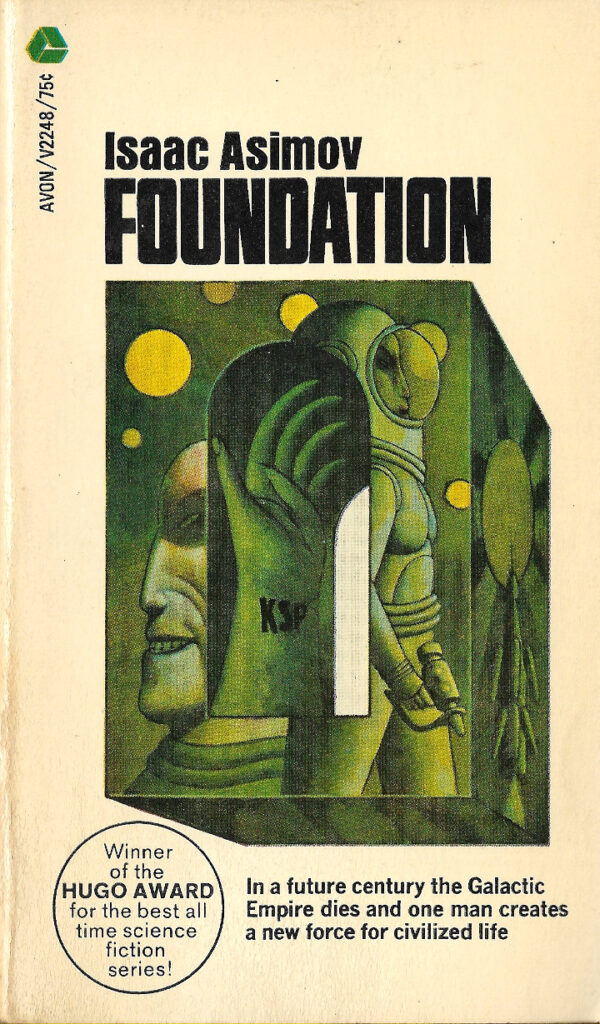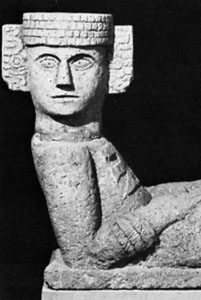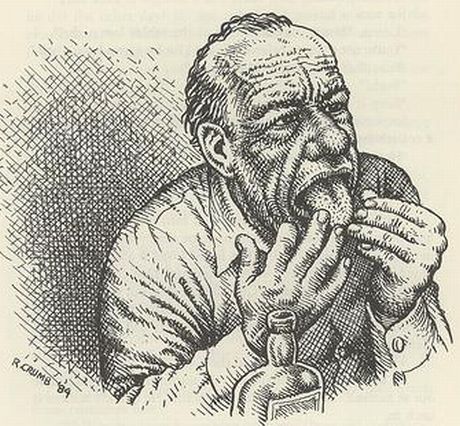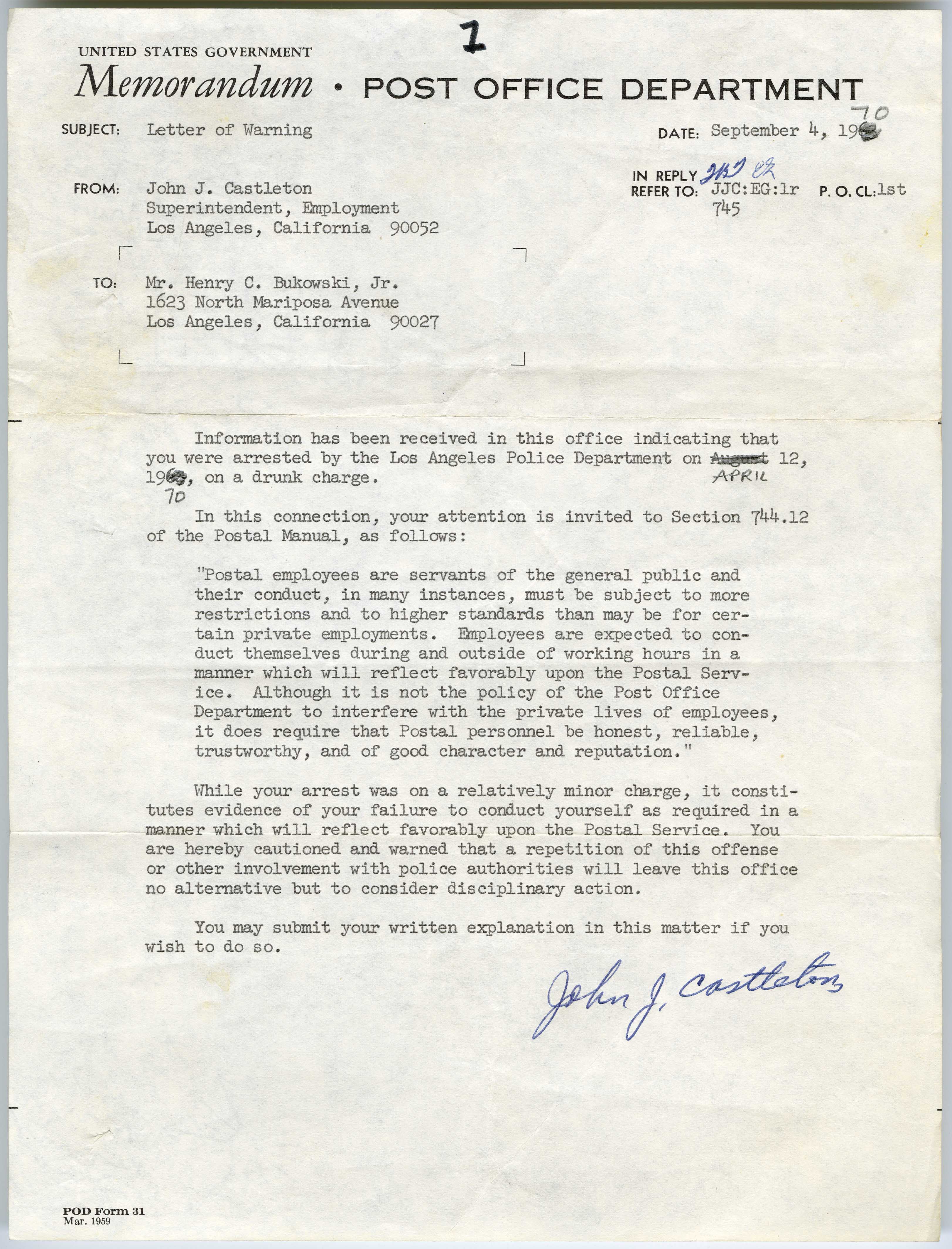
Mathematical social science is a joke …
“Humans aren’t predictable.”
“Society doesn’t follow a formula.”
These common beliefs are true, and part of a larger tradition of thought that has been treating social science with ridicule and derision since its first glimmers. A contemporary of the first mathematical social scientists called their work “the new science of little men,” a dig at how the averaged qualities of idealized statistical persons lose the qualities of the Great Individuals who really drive society.
That was earlier than you’d think, 1860, referencing the 1830’s “social physics” of philosopher Auguste Comte, and statistician Quetelet’s “social mechanics” shortly after. These thinkers planted the seeds for a mathematical modeling of social systems. And it turns out that, sometimes, simple toy mathematical models of social systems are astonishingly accurate and incisive.
But the mockery continues. Over a century later, American musical satirist and mathematician Tom Lehrer, reflecting on his experience teaching mathematical social science at MIT in the 1960’s, recorded a little ditty teasing those of us “laboring under this delusion in social science that you can make it into a science.”
… but it inspired statistical physics
So labor we have, for 200 years now. How’s it actually going? Are our mathematical models of ineffable humans a joke that’s gone two centuries without a punchline? What are the contours of this science, and how has its evolution deviated from the earliest imaginings of a mathematical sociology?
It is fairest to start off with a question for the question. Whether you think social science is succeeding or failing in its climb up the ladder of scientific progress you’re still accepting a linear picture of progress. The typical path of a science is a wilder ride, with as many snakes down as ladders up.
Take the example of statistical physics, also known as statistical mechanics, a fundamental branch of physics that explains steam engines, quantum mechanics, and even rubber bands. It is actually indifferent to what thing you apply it to, as long as there is a lot of that thing, so it works as well on people if you imagine them as the particles of society. For its universal claims, insights about large populations, and ability to capture “emergent” phenomena whose wholes are greater than the sums of their parts, it is the darling of mathematical social science.
Where did statistical mechanics come from? Its initiator, physicist James Clerk Maxwell got the idea around 1835 while reading about Quetelet’s social mechanics. What do we make of the hierarchy of the sciences now—from physics through chemistry and biology to the sciences of humanity? Has mathematical thinking about humans been as formative to physics as it ultimately was to sociology?
The metaphysics of psychohistory as a yardstick for mathematical social science
With proper regard for social physics and its auspicious record, we’re in the right position to ask about its true potential. It’s not easy to reconcile the harsh reviews of “haters” like Lehrer against the hopeful visions of “dreamers” like his contemporary Isaac Asimov. Asimov’s classic science fiction trilogy Foundation (and recent television series) envisioned a fully expressed mathematical social science that would transform humanity.
For me, Asimov’s science fiction remains the most provocative and maximal expression of the potential of social modeling. He uses Foundation to pose “psychohistory”: a fictional branch of mathematics that his far-future protagonists spend hundreds of years (and pages) using as a crystal ball to plan and then execute humanity’s destiny. In developing it, Asimov, a chemist by training, inadvertently traced Maxwell’s path backward to ground psychohistory directly in statistical physics.
As a result of its development in terms of physics, Asimov’s psychohistory ends up with several physics-inspired characteristics that have and have not borne out in the mathematical social science of today.
- In the stories, psychohistory works best over larger populations, with the accuracy of its predictions decaying quickly for individuals and small groups.
- Psychohistory also fails when populations know what is being predicted for them, because they can adapt.
- It isn’t a whole science like physics, developing as a conversation between the hypotheses of theory and deductions of experiments, but strictly theoretical, like math.
- And last, psychohistory is a tool of the elites carefully stewarded by a technocratic priesthood. (eventually literal priests that are literal technocrats)
Among my colleagues today, many were heavily influenced by the Foundation books. Though they may publicly call themselves “computational social scientists”, “quantitative behavioral scientists”, “complexity scholars”, or even “econophysicists”, many consider themselves early psychohistorians. I like to think so too. As the physical and mathematical influences on social science grow, it is clear that there are predictabilities in human dynamics, even some laws. Yes, everything affects everything in ways that simple models can’t possibly capture, but some things affect everything more than others, and by focusing on the few key variables that certain systems surface, scientists can predict the statistics of collective emotions, collective memory, collective problem solving, role specialization, and countless other social phenomena.
The predictions
We can look at the imagined properties of Asimov’s mathematical social science one-by-one:
Does today’s social mechanics depend on large populations?
In some way, today’s social physics is more reliable with more people. We know that phenomena like the wisdom of the crowd and self-sorting work better with larger groups. But others are just as reliable with 4 people as 100. But as social mechanics has developed, the decisive line between accurate and inaccurate hasn’t been a “horizontal” one about population size so much as a “vertical” one about the type of social phenomenon being predicted. Mathematical social scientist David Sumpter proposes four categories of social phenomenon: what he calls statistical (for aggregative things like voting and crowd wisdom), interactive (for social networks, flocking, and other collective behaviors), chaotic (for social “three-body problems,” in which the mutual interactions of things on each other take all of them in fundamentally unpredictable directions), and “complex” (which includes organizations, institutions, and other highly structured or nested systems).
In a nutshell, contemporary social mechanics is good at two of the four. It is excellent at predicting social dynamics in the statistical category, occasionally strong in the interactive category, a bit lost in the complexity category, and knows just enough about the chaotic category to successfully keep away. So there is currently a psychohistory for certain kinds of social organization, and not for others. It’s not a matter of size, but type.
… and does social mechanics stop working on small groups and individuals?
Unlike Asimov’s benchmark, today’s social mechanics faces no penalty for small groups or even individuals. That’s because statistical modeling is just as effective with lots of large things (people) as lots of small things (the neurons that make up people). Researchers like biophysicist William Bialek have shown that statistical mechanics can help us predict the behaviors of populations of neurons, and animal collective behavior researcher Iain Couzin’s mathematical models of decision-making at the neural level, intriguingly named the “Geometry of Decision Making”, show that mathematical models are as useful for social mechanics as neural mechanics. If neurons are just as beholden to statistics as people, and if it’s meaningful to see an individual as a very large population of neurons, then we can understand why social mechanics handles small and large populations equally well.
I think Asimov was wrong about where mathematical social science would draw the line between tractable and non-tractable.
Will a social prediction hold if the population knows the prediction?
In the same way that an investor with a crystal ball might cash in on upcoming booms and busts, fictional populations might evade a public psychohistorical prediction for them by planning for it and adapting to it. Asimov takes this very seriously, shaping a lot of Foundation around the importance of keeping psychohistory’s predictions secret.
But in today’s social mechanics, populations are as likely to meet their prediction with indifference or even by doubling down on the predicted outcome. The regular COVID forecasts of 2020–2021 indicate the power of indifference: why doesn’t forecasting an infection spike prevent one? And the idea of self-fulfilling prophesy gives us cases in which knowing a prediction makes the predicted outcome more, not less likely. Sometimes the best way to cause a bank run is to predict one.
I think Asimov’s mathematical social science doesn’t need to wring its hands about secrecy as much as it does.
Is social mechanics just a body of theory?
Probably the biggest difference between today’s social mechanics and Asimov’s psychohistory is the role of observation. When we first encounter it, Asimov’s characters are able to chart the future history of humanity with just equations, and no “double-checking” against reality. You can take this as a sign that psychohistory is “done.” The fact that today’s social scientists are still deep in experiments, observations, and their implications for theory—and still improving their methods to be able to observe entire social systems—means that real world social mechanics is still all abustle, still working toward theory that is strong enough to lean on.
The areas that are closest to having theory that is “good enough” are those like epidemiology and operations research in which the physical world places major constraints on society’s range of motion. a virus cares less about the beliefs of the people in your life and more about how close you’re standing to them. Similarly, the estimated time that your package will arrive is going to be more accurate than the weather forecast for that day. That prediction is good because the trucks delivering it can only go so fast and so slow. In a way, social science today is closest to physics in quality when it is most physical in substance.
For better or worse, today’s mathematical social science is a science, while Asimov’s is a math.
Is social mechanics democratic?
Today, you probably need a degree, and probably an advanced one, to make important contributions to the mathematics of society. In this way social mechanics is restricted like psychohistory. Still academics today are public intellectuals and serve society by disseminating their findings, more publicly every year. By making the tools and principles of social prediction accessible, we serve a world in which communities, not priesthoods, have the power to design their own futures. A recent talk by psychologist Mirta Galesic, on design principles for collective learning, shows how groups can improve their ability to learn together. Psychologist Stephen Lewandowsky’s distillations from the science of persuasion and physicist Filippo Menczer’s forensics of social media manipulation can help communities inoculate themselves against the ubiquitous misinformation of the digital age.
Asimov’s mathematical social science is closed, while today’s, while esoteric, is ultimately open.
Wrap
As an academic, I have devoted my life to the scientific approach to society. And even I am not holding my breath for it to be the next physics. It is hard to apply the scientific method to social systems, certainly much harder than to physical systems. Nevertheless, after a few centuries, especially this recent 20th one, social mechanics has developed enough that we can get a sense of what kind of science it is shaping up to be, and what the prospects are for mathematical models to help us take our own reins.
Seth Frey (website, twitter) is a professor at the University of California Davis. His training is in cognitive science and computational social science (and therefore psychohistory?). This article is an output of the Augmented Intelligence Workshop, a project funded by the US National Science Foundation to start conversations on human collective behavior, the science of learning, and computational approaches to social systems.







